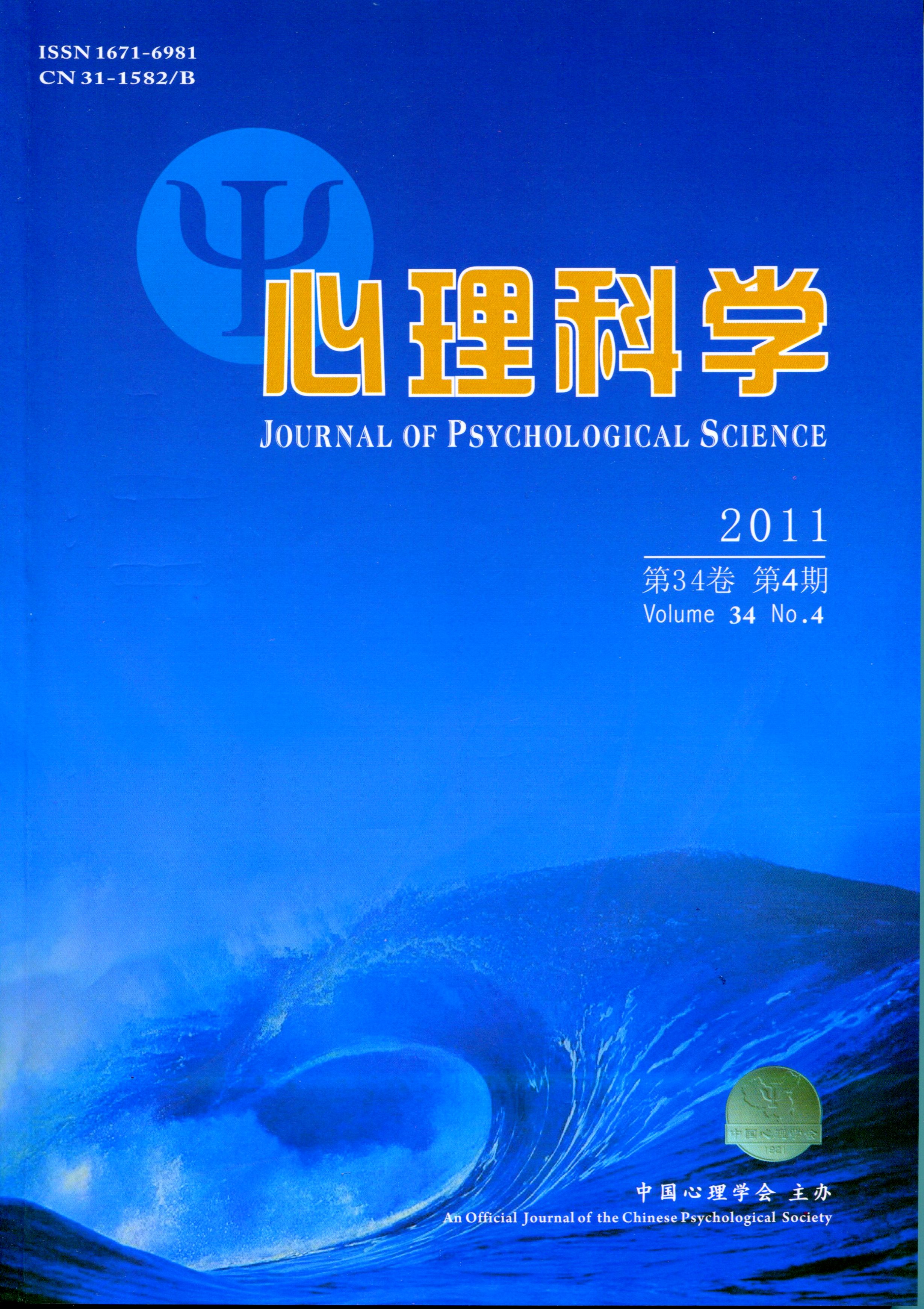For the Neuroimaging techniques such as event-related brain potentials(ERPs),and functional magnetic resonance imaging(fMRI) are physically constraining, susceptible to motion artifacts, and expensive, these traditional neuroimaging technologies are not meet the researches on the young children, old people and disorders, cann’t be used in the ecologically setting. Functional near-infrared spectroscopy(fNIRS) is an emerging functional neuroimaging technology offering a relatively non-invasive, saft, portable, and low-cost method of indirect and direct monitoring of brain activity. Functional optical imaging capitalizes on the changing optical properties of tissues by using light in the near-infrared range (600-900nm, spectroscopy window) to measure physiological changes.fNIRS capitalizes on the changing optical properties of the oxygenated and deoxygenated hemoglobin(oxy-Hb and deoxy-Hb) by using light in the near-infrared range to measure psysiologicl changes in the brain. Typically, a functional near-infrared apparatus is comprised of a light source and a litht detector that receives the light after it has been reflected from the tissue. Three distinct types of fNIRS implementations have been developed; time domain systems, frequency domain system and continuous wave spectroscopy measurements. Continuous wave fNIRS systems(CW) is the most popular one. fNIRS has been utilized in the studies of higher cognition; developmental psychology and abnormal psychology. For the higher cognition, fNIRS has the beneficial characteristic to be applied in the natural measurement setting, such as the electronic game, driving, educational seeting and counseling enviroments. For the develpmental psychology, fNIRS have been applied to monitor the new borned child at risk and study the brain activities of infant during cognitive process, has substantially contributed to the understing of congnitive process of different ages and the neural correlates. For the abnormal psychology, a body of research with fNIRS have been applied on the Schizophrenia, Mood disorder, Epilepsy and ADHD, it has been used as alternative for the WADA, and used to monitor the oxygenated hemoglobin. Beneficial characteristics of fNIRS are non-invasive,safe,portable,and low-cost,it is limited spatial resolution,use of cranial reference points,attenuation of the light signal by extracerebral matter,difficulties obtaining absolute baseline concentrations of oxy-Hb and deoxy-Hb also. fNIRS can be readily integrated with other technologies such as eyetracker, EEG and other techniques to provide multiple indices of neurological and physiological function, further studies can combine with other neuroimage technology such as fMRI; In addition, focus on the neuro-mechanism of young children and patients with neuro-psychiatric disorders;focus on the cognitvie neuroscience under the ecologically situation.

